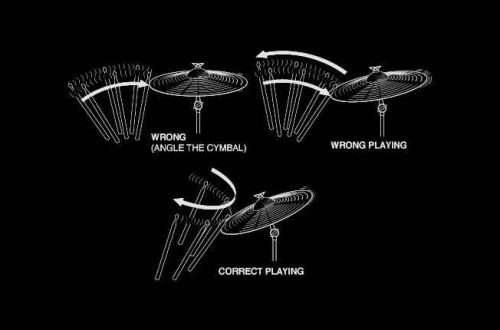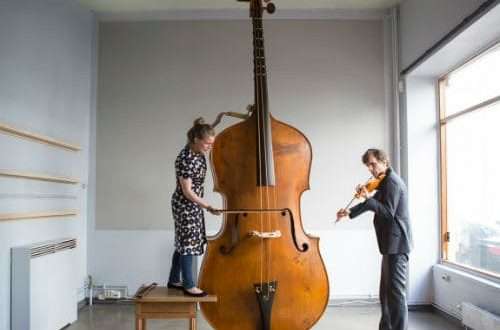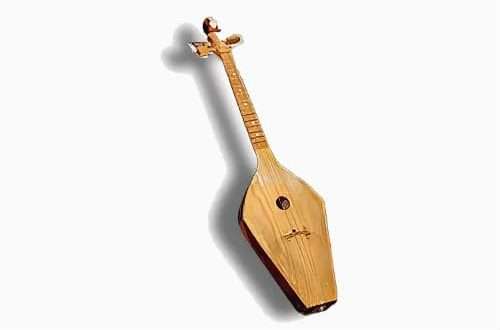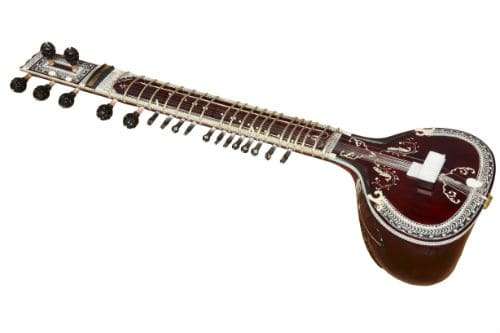
Sitar: description of the instrument, composition, sound, history, use
European musical culture is reluctant to accept Asian, but the Indian musical instrument sitar, having left the borders of its homeland, has become very popular in England, Germany, Sweden and other countries. Its name comes from a combination of the Turkic words “se” and “tar”, which means “three strings”. The sound of this representative of the strings is mysterious and bewitching. And the Indian instrument was glorified by Ravi Shankar, a virtuoso sitar player and guru of national music, who could have turned a hundred years old today.
What is sitar
The instrument belongs to the group of plucked strings, its device resembles a lute and has a distant resemblance to a guitar. It was originally used to play Indian classical music, but today its scope is extensive. Sitar can be heard in rock works, it is used in ethnic and folk bands.

In India, he is treated with great respect and reverence. It is believed that in order to fully master the instrument, you need to live four lives. Due to the large number of strings and the unique gourd resonators, the sound of the sitar has been compared to that of an orchestra. The sound is hypnotic, peculiar with peals, rock musicians playing in the genre of “psychedelic rock” fell in love.
Tool device
The design of the sitar is very simple at first glance. It consists of two pumpkin resonators – large and small, which are interconnected by a hollow long fingerboard. It has seven main bourdon strings, two of which are chikari. They are responsible for playing rhythmic passages, and the rest are melodic.
Additionally, another 11 or 13 strings are stretched under the nut. The top small resonator amplifies the sound of the bass strings. The neck is made from tun wood. Nuts are pulled onto the neck with ropes, many pegs are responsible for the structure of the instrument.
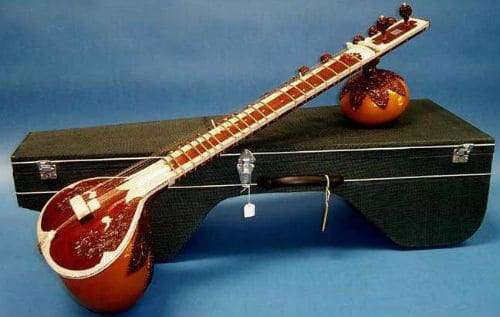
History
The sitar looks like a lute, which became popular in the XNUMXth century. But back in the XNUMXnd century BC, another instrument arose – the rudra-veena, which is considered a distant ancestor of the sitar. Over the centuries, it has undergone constructive changes, and at the end of the XNUMXth century, the Indian musician Amir Khusro invented an instrument similar to the Tajik setor, but larger. He created a resonator from a pumpkin, having discovered that it was precisely such a “body” that allows him to extract a clear and deep sound. Increased Khusro and the number of strings. The setor had only three of them.
Play technique
They play the instrument while sitting, placing the resonator on their knees. The neck is held with the left hand, the strings on the neck are clamped with the fingers. The fingers of the right hand produce plucked movements. At the same time, a “mizrab” is put on the index finger – a special mediator for extracting sound.
To create special intonations, the little finger is included in the Play on the sitar, they are played along the bourdon strings. Some sitarists deliberately grow a nail on this finger to make the sound more juicy. The neck has several strings that are not used at all during playing. They create an echo effect, make the melody more expressive, emphasizing the main sound.

Famous Performers
Ravi Shankar will remain the unsurpassed sitar player in the history of Indian music for centuries. He not only became a popularizer of the instrument among the Western audience, but also passed on his skills to talented students. For a long time he was friends with the guitarist of the legendary “The Beatles” George Harrison. In the album “Revolver” the characteristic sounds of this Indian instrument are clearly audible.
Ravi Shankar passed on the skill of masterly use of the sitar to his daughter Annushka. From the age of 9, she mastered the technique of playing the instrument, performed traditional Indian ragas, and at the age of 17 she already released her own collection of compositions. The girl is constantly experimenting with different genres. So the result of the combination of Indian music and flamenco was her album “Trelveller”.
One of the most famous sitarists in Europe is Shima Mukherjee. She lives and works in England, regularly gives joint concerts with saxophonist Courtney Pine. Of the musical groups that use the sitar, the ethno-jazz group “Mukta” stands out favorably. In all the group’s recordings, the Indian string instrument is played solo.
Other musicians from different countries also contributed to the development and increase in the popularity of Indian music. Features of the sound of the sitar are used in the works of Japanese, Canadian, British bands.
https://youtu.be/daOeQsAXVYA



